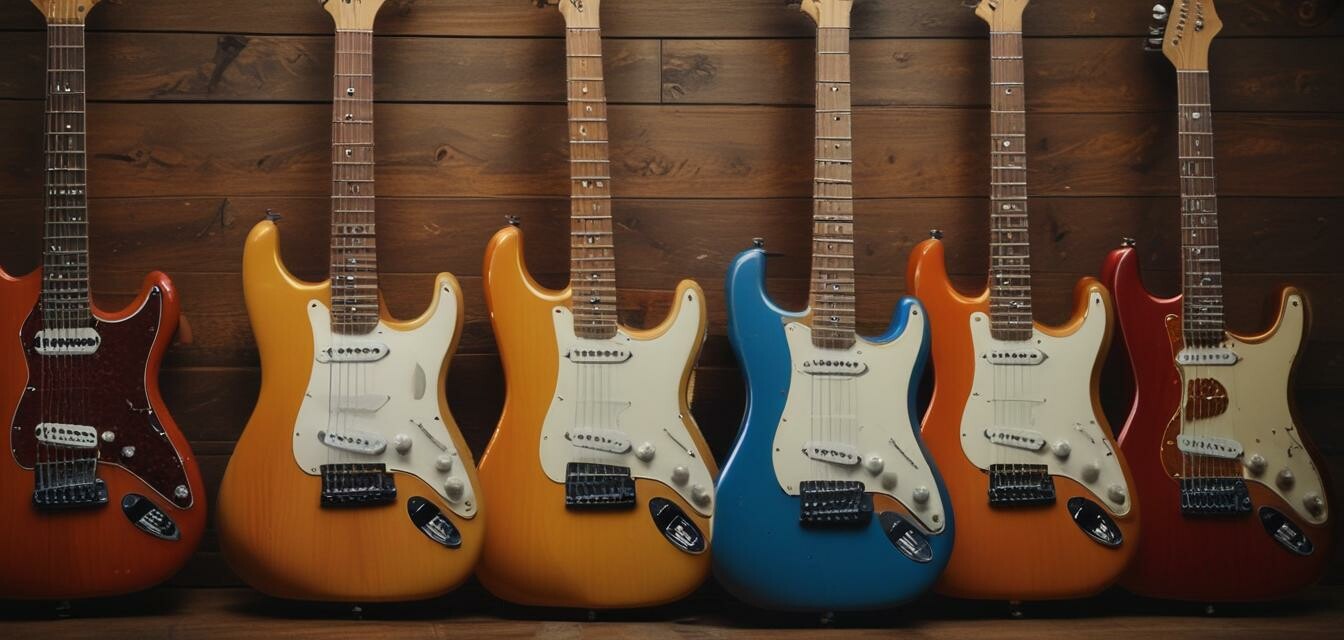
How to Identify Authentic Fender Guitars
Key Takeaways
- Understanding Fender guitar model numbers is essential for verification.
- Examine finishes and craftsmanship to identify authenticity.
- Check the overall weight and feel of the guitar.
- Know the common signs of counterfeit Fender guitars.
Buying a Fender guitar is an exciting venture, but the market is filled with both authentic and counterfeit options. To ensure you make the best purchase, it's crucial to know how to spot authentic Fender guitars. This buyer's guide will walk you through important aspects such as model numbers, finishes, and other key signs of authenticity. By the end of this article, you'll be well-equipped to identify genuine Fender guitars.
Why Authenticity Matters
When investing in a Fender guitar, authenticity is paramount. Genuine Fender guitars not only hold their value but also offer superior craftsmanship, sound quality, and playability. Counterfeit instruments can be misleading and often fall short in quality. Thus, understanding how to identify authentic models is essential for any potential buyer.
Key Features to Check
To identify authentic Fender guitars, keep an eye on the following features:
| Feature | What to Look For |
|---|---|
| Model Number | Look for a clear model number on the neck plate or inside the guitar body. |
| Finish | Genuine models have specific finish types such as poly or nitrocellulose lacquer. |
| Weight | Authentic Fender guitars generally have a certain weight and feel. |
| Fretboard Quality | Natural wood should be used, not synthetic materials. |
| Logo Placement | The Fender logo on the headstock should be straight and clean, not fuzzy or misaligned. |
Checking Model Numbers
Model numbers provide a wealth of information about your guitar. Here’s how to check:
- Locate the serial number on the back of the headstock or under the neck plate.
- Consult official Fender resources online to match the model number with production details.
- Pay attention to the format; authentic Fender guitars have specific serial formats based on the production year.
Examinations of Finish and Craftsmanship
Finishes are a telltale sign of authenticity. Here’s what to observe:
- Genuine Fender guitars typically feature high-quality finishes that enhance both aesthetics and durability.
- Inspect for imperfections like bubbles, unevenness, or inconsistent colors.
- Check for a smooth neck and well-finished fret edges, which are indicative of quality craftsmanship.
Common Signs of Counterfeit Fender Guitars
Being aware of common counterfeit signs can save you from a poor purchase:
Pros of Identifying Authentic Guitars
- Investing in quality instruments.
- Ensuring good resale value.
- Enjoying better sound quality and performance.
Cons of Counterfeit Models
- Poor sound quality and playability.
- Low resale value.
- Potential for damage due to inferior materials.
Understanding Fender Guitar Models
Different Fender models have variations that can help in identification. It’s beneficial to familiarize yourself with different types of Fender electric guitars and their characteristics. Each model comes with unique features that enhance playability and style.
Where to Buy Authentic Fender Guitars
When you’re ready to purchase, consider reputable sources to ensure you’re buying an authentic Fender guitar:
- Official Fender retailers
- Authorized online retailers
- Reputable second-hand shops with return policies
Conclusion
Identifying authentic Fender guitars can seem daunting, but with the right knowledge and careful examination, you can confidently make a purchase. Familiarizing yourself with model numbers, finishes, and craftsmanship will ensure you choose a high-quality instrument that meets your musical needs. Always buy from trusted sources to secure your investment and enjoy the quality sound that only genuine Fender guitars can provide.
Additional Resources
For more in-depth knowledge and expert tips, check out our Expert Tips section. Happy strumming!